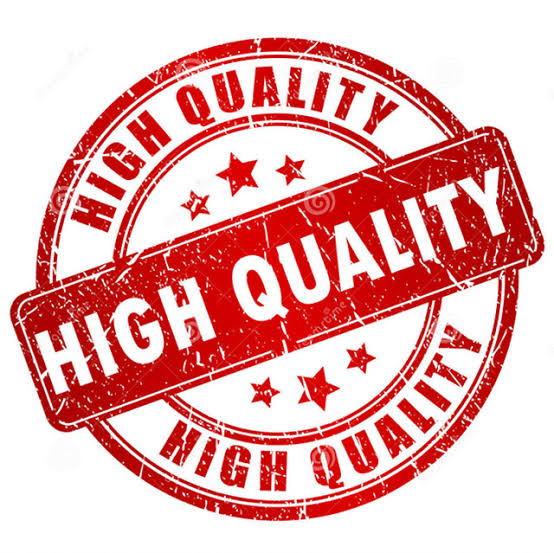Digital marketing is a constantly evolving field, with new strategies and tools emerging regularly. To stay ahead, businesses need to adapt and refine their approaches. Here are some key strategies for effective digital marketing:
1. **Understand Your Audience**

– **Develop Buyer Personas**: Create detailed profiles of your ideal customers, including demographics, interests, pain points, and online behavior.
– **Conduct Market Research**: Use surveys, focus groups, and analytics tools to gather data about your audience’s preferences and behaviors.
2. **Create Quality Content**

– **Content Marketing**: Produce high-quality, valuable content that addresses your audience’s needs and interests. This can include blog posts, videos, infographics, and podcasts.
– **SEO Optimization**: Ensure your content is optimized for search engines by using relevant keywords, meta descriptions, and alt text for images.
3. **Leverage Social Media**

– **Platform Selection**: Choose the right social media platforms based on where your audience spends their time. For example, LinkedIn for B2B marketing and Instagram for younger demographics.
– **Engagement**: Actively engage with your audience by responding to comments, participating in discussions, and sharing user-generated content.
4. **Utilize Email Marketing**

– **Segmentation**: Segment your email list based on demographics, purchase history, and engagement levels to deliver more personalized content.
– **Automated Campaigns**: Set up automated email campaigns for welcome series, cart abandonment, and re-engagement to maintain consistent communication with your audience.
5. **Invest in Paid Advertising**
 9
9
– **PPC Campaigns**: Use pay-per-click (PPC) advertising on platforms like Google Ads and social media to reach a broader audience.
– **Retargeting**: Implement retargeting campaigns to reach users who have previously visited your site but did not convert.
6. **Focus on Mobile Optimization**

– **Responsive Design**: Ensure your website is mobile-friendly and provides a seamless experience across all devices.
– **Mobile Ads**: Optimize your ad campaigns for mobile devices, considering factors like screen size and mobile user behavior.
7. **Utilize Analytics and Data**

Uf6p,s61st saw wazxs
– **Track Performance**: Use tools like Google Analytics to monitor the performance of your digital marketing efforts. Track metrics such as website traffic, conversion rates, and engagement levels.
– **A/B Testing**: Continuously test different versions of your ads, emails, and landing pages to determine what works best.
8. **Embrace Video Marketing**

– **Video Content**: Create engaging video content, such as tutorials, product demonstrations, and customer testimonials.
– **Live Streaming**: Use live streaming to connect with your audience in real-time, answering questions and providing insights.
9. **Build a Strong Brand Presence**

– **Consistent Branding**: Maintain consistency in your brand’s voice, tone, and visual elements across all digital platforms.
– **Storytelling**: Use storytelling to create an emotional connection with your audience, sharing your brand’s values, mission, and success stories.
10. **Stay Updated with Trends**

– **Continuous Learning**: Stay informed about the latest trends and changes in digital marketing by reading industry blogs, attending webinars, and participating in online courses.
– **Adaptability**: Be ready to adapt your strategies in response to new trends, technologies, and consumer behaviors.
By implementing these strategies, businesses can create a robust digital marketing plan that drives engagement, builds brand loyalty, and achieves long-term success.
